Boston Massacre 10 Surprising Facts
The Boston Massacre caused anger amongst American patriots and was an important factor that contributed toward the American Revolutionary War.

It helped to turn the colonists against the British and set off years of anger and resentment. Despite this, it’s surprising how much most Americans don’t know about the actual event.
If you want to know more about what happened on March 5, 1770, these 10 facts will surprise you and teach you something new about an historic event that changed history forever!
1. The Boston Massacre Wasn’t Actually a Massacre
The term Boston Massacre is often used to describe a massacre of innocent colonists by British troops in Boston, Massachusetts on March 5, 1770. However, this event was not a massacre and it did not involve any killing of colonists. In reality, it was a confrontation in which British soldiers shot five people as they fired into a crowd of protestors.
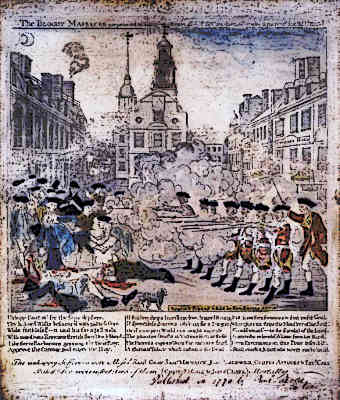
2. The ‘Massacre’ Wasn’t Planned
The confrontation in which nine British soldiers shot five people out of a crowd of three or four hundred who were harassing them was not planned. It was spontaneous, when one soldier lost his temper after being hit in the head by an object thrown from the crowd. The other eight soldiers followed suit and opened fire on the civilians, killing three people and wounding two more.
This event is often called The Boston Massacre, but it wasn’t anything like a massacre – it was just an incident.
3. Only Five People Died
Five people died during the massacre
- Crispus Attucks
- Samuel Gray
- James Caldwell
- Patrick Carr
- Samuel Maverick
There are many theories as to why only five people died; one being that not all of the soldiers had loaded guns at the time. Another theory is that when a British soldier was being beaten by rioters he reached for his bayonet and killed two of them with it.
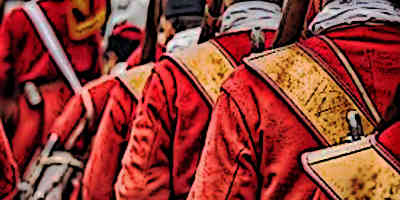
4. All of the Victims Were Men
The five people who died in the shooting were Samuel Gray, James Caldwell, Crispus Attucks, Patrick Carr and Samuel Maverick. All of them were men. Interestingly enough, at least two of them (Gray and Caldwell) had been living in Boston for a few years when they died. The rest had come from other parts of Massachusetts to participate in a protest against unfair taxation.
5. Two of the Victims Were Not American
Two of the victims weren’t even American. The first victim, Crispus Attucks, was an African-American laborer and former slave from Framingham, Massachusetts. He was just 22 years old when he died. The other victim who wasn’t a U.S. citizen was Samuel Gray, a British soldier who had been stationed in America for only six weeks before he was killed that day on King Street in Boston.
6. Samuel Adams Used the Massacre to His Advantage
Adams was an outspoken critic of British rule. Adams used his newspaper to criticize the Townshend Acts and argued that they were an infringement on colonial rights. He also argued that Parliament had no right to impose taxes on the colonies, as this was a prerogative of colonial legislatures.
The massacre served as a rallying point for patriots in New England, who organized boycotts of British goods and sent petitions demanding repeal of Parliamentary acts.
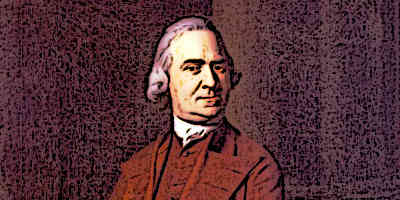
7. Paul Revere Made an Engraving of the ‘Massacre’
Paul Revere, who was a silversmith in colonial Boston, made an engraving of the ‘massacre’. It depicted British soldiers shooting at people who were throwing snowballs and sticks. The engraving is titled: The Bloody Massacre perpetrated in King Street, March 5th 1770. The engraving helped to make people more aware of what happened during the event.
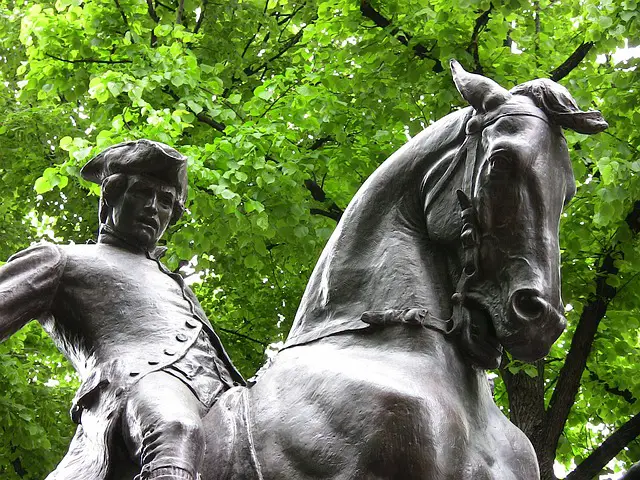
8. John Adams Defended the Soldiers
John Adams defended the soldiers, claiming they acted in self-defense. He said the people rushed in upon them with clubs and other weapons, without any provocation or resistance on their part.
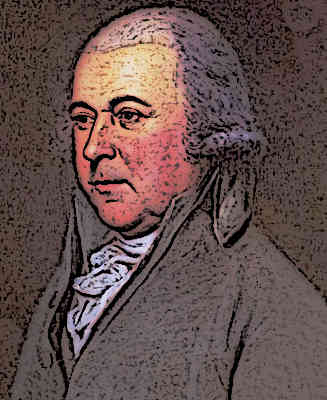
9. Crispus Attucks Wasn’t the Only African American Victim
- Crispus Attucks was not the only African American victim of this event, but he is historically recognized as such.
- Samuel Gray was also a victim. He died of his wounds three days later and is considered to be the first casualty of the American Revolution.
10. The ‘Massacre’ Led to the Revolutionary War
This event led to increased tensions between colonists and soldiers. The British military presence was then cut back to a token force of four thousand by 1774.
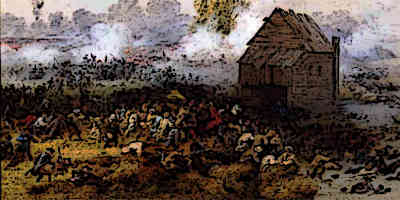
- American Revolution
- 13 Things You Didn’t Know About the American Revolution
- American Revolutionary War
- Boston Massacre 10 Surprising Facts
- Declaration of Independence
- End of the American Revolution
- Examining the Aftermath of the American Revolution
- Examining the Role of Propaganda in the American Revolution and Its Impact on Public Opinion.
- General Anthony Wayne *Madman of the Revolution
- Global Impact of the American Revolution
- John Hancock
- Secrets of John André
- The American Revolution: An Economic & Political Struggle
- The Boston Massacre – How Many People Died?
- Top 10 Events of the American Revolution
- Top 10 People of the American Revolution
- What Caused the American Revolution